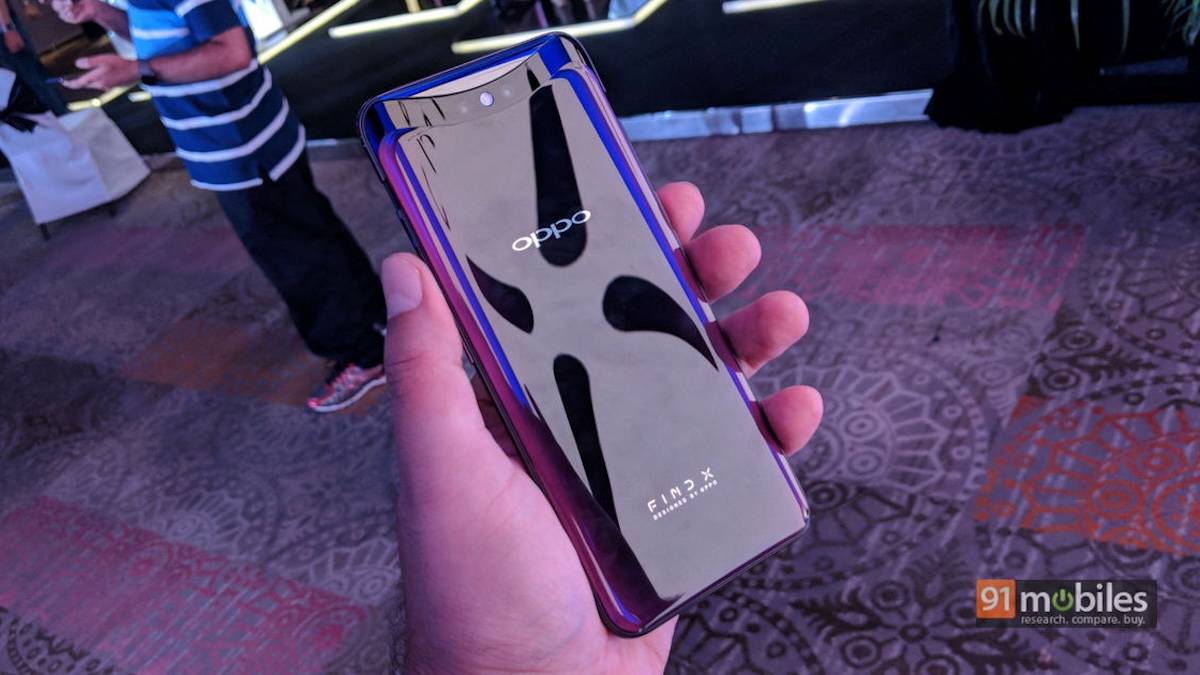
I recently got a chance to travel to Shenzhen, China with OPPO to learn more about the Find X7 Ultra (more on this phone in our review). During a visit to OPPO’s HQ, the company took us back a few years to show us the evolution of the Find series. I was immediately reminded of the first Find X – that sleek, futuristic-looking smartphone with a pop-up camera. It got me thinking: pop-up camera phones were really cool and I miss them.
2018 saw the emergence of pop-up camera phones but the trend didn’t last too long. Why did it exist in the first place? Well, as bezels on smartphones became smaller, OEMs were looking at ways to hide the selfie camera to offer a bezel-less screen that is all display and no distractions. And so, we got phones like the OPPO Find X, OnePlus 7 Pro, and Redmi K20 Pro that were not only unique but looked stylish as hell.
A popping good time
The OPPO Find X, with its striking design featuring a glass sandwich body, curved edges, and gradient colours, was a real head-turner. But it was the retractable, motorised panel that slid out to reveal the selfie camera that truly stole the show. The panel would pop up when using facial recognition or opening the camera app, making the cameras seemingly disappear when not in use.
This innovative design not only resulted in a near edge-to-edge display with no notch or punch-hole (reaching a 94% screen-to-body ratio) but also eliminated the need for a camera bump on the back. The Find X presented a clean, minimalist aesthetic from every angle.
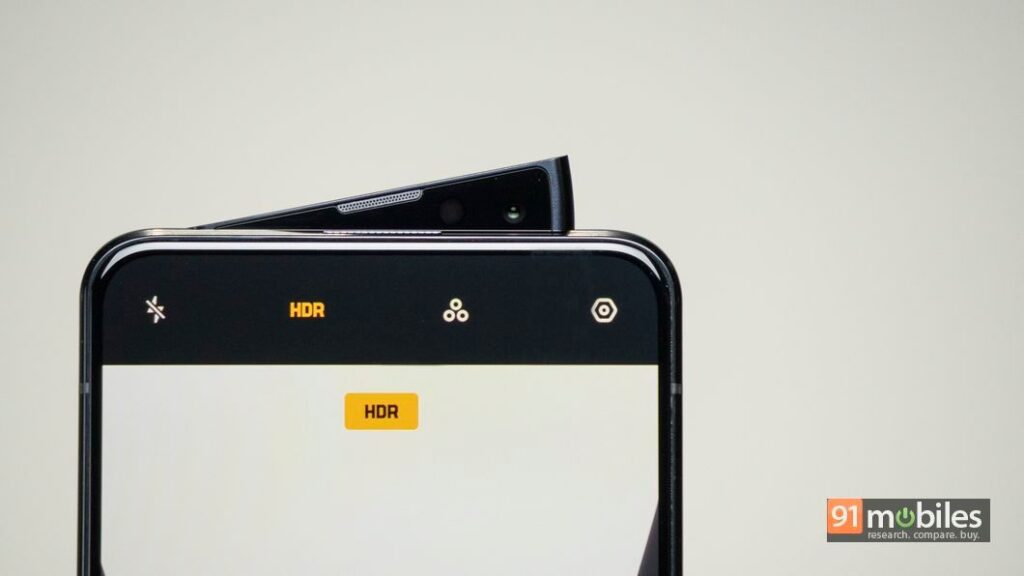
The following year, they released the OPPO Reno2, arguably even more visually stunning. This phone featured a unique “sharkfin” pop-up camera that housed the front sensor, while the rear cameras sat flush under the back glass, maintaining a smooth, bump-free design.
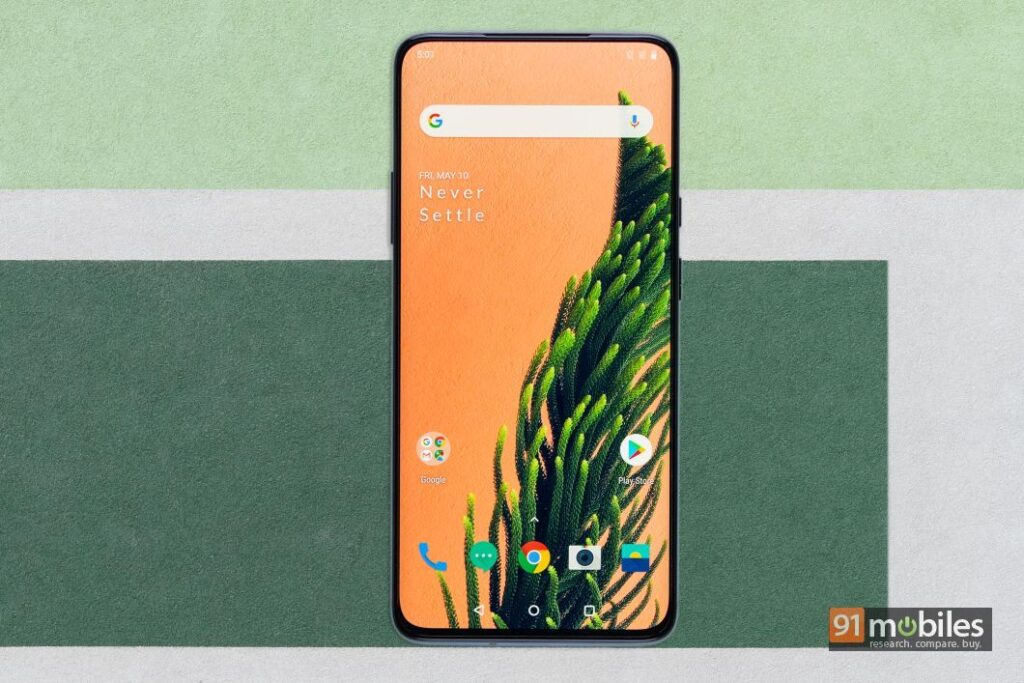
Vivo and OnePlus joined the pop-up camera trend in 2019 phones like the Vivo V15, V17 Pro, and OnePlus 7 Pro. With these devices, the brands opted for a more subtle pop-up mechanism that housed the front-facing camera. This allowed them to offer a clean, notch-free display with a super high screen-to-body ratio. Unlike the Find X’s panel that slid out from the top, the OnePlus 7 Pro and Vivo V17 Pro’s mechanism emerged smoothly from the top.
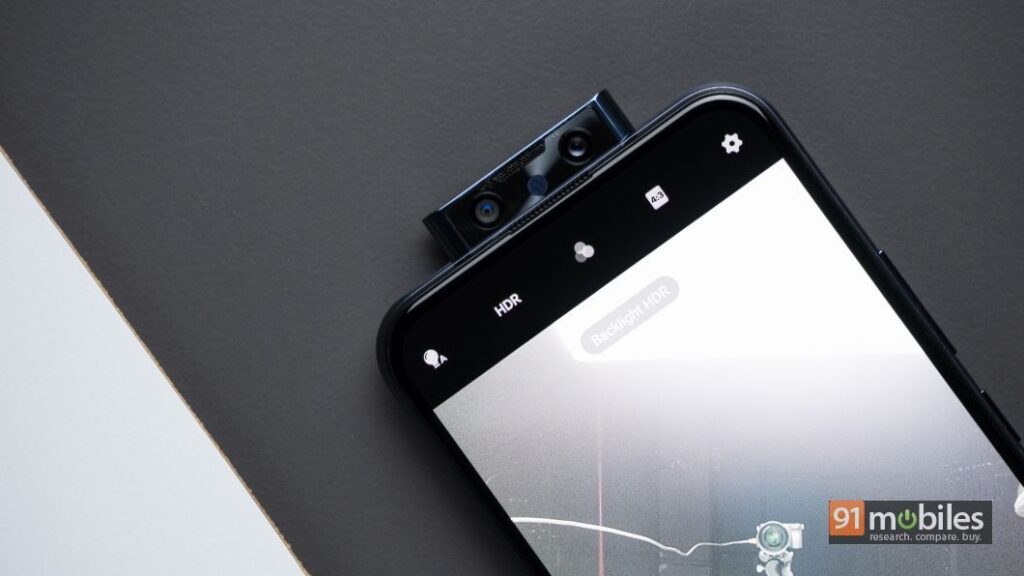
That’s not all! 2019 also saw the Redmi K20 Pro, another stunning smartphone with a glass sandwich design and a stunning gradient back. One interesting feature of the Redmi K20 Pro’s pop-up camera was a small LED notification light integrated within the module. This innovative addition provided a subtle visual cue for alerts without the need for a separate notch or punch-hole.
Beyond the gimmick, there was reliability and privacy
One initial concern surrounding pop-up cameras was their durability. There were worries about the mechanisms failing or becoming damaged from drops or dust. However, despite these apprehensions, there weren’t any major widespread reports of pop-up camera mechanisms failing across these devices. The OnePlus 7 Pro’s pop-up mechanism, for example, was good for 3 million times of use and also incorporated a drop-detection feature that would retract the camera automatically if the phone sensed a fall, mitigating potential damage.
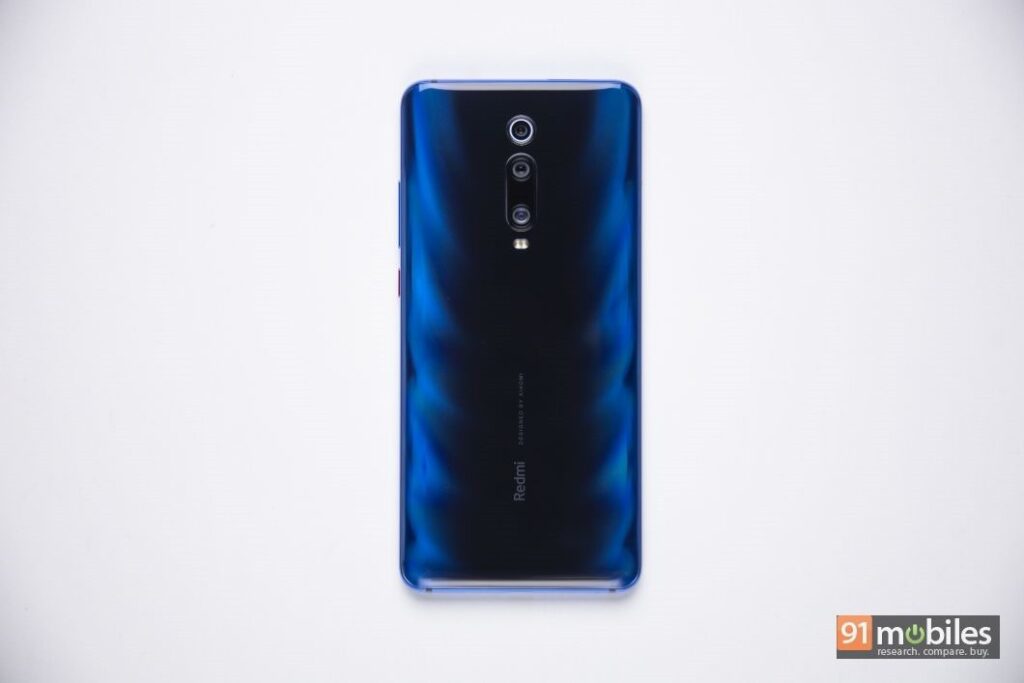
There is no doubt that pop-up camera phones looked attractive and exciting during the couple of years they existed. But beyond the design and innovation, pop-up cameras were a great way to offer an immersive, edge-to-edge viewing experience. While we’re making do with punch-hole cutouts and pill-shaped cutouts on phones today, they do get in the way of your viewing experience every now and then. This wasn’t the case with pop-up camera phones. Moreover, these devices also provided better privacy by hiding the selfie camera when not in use, ensuring hackers or malicious apps weren’t spying on you.
Looking back, the era of pop-up camera phones was a brief but memorable chapter in smartphone innovation. From the sleek design of the OPPO Find X and OnePlus 7 Pro to the unique “sharkfin” mechanism of the Reno2, these devices captivated us with their ingenuity and style. While today’s smartphones offer different solutions for achieving bezel-less displays, there was something special about the cameras popping (or sliding) out of nowhere. As we look to the future of smartphone design, let’s admire the short-lived era of pop-up cameras. After all, the magic of technology lies in its ability to continually surprise and delight us, which these phones definitely did.






